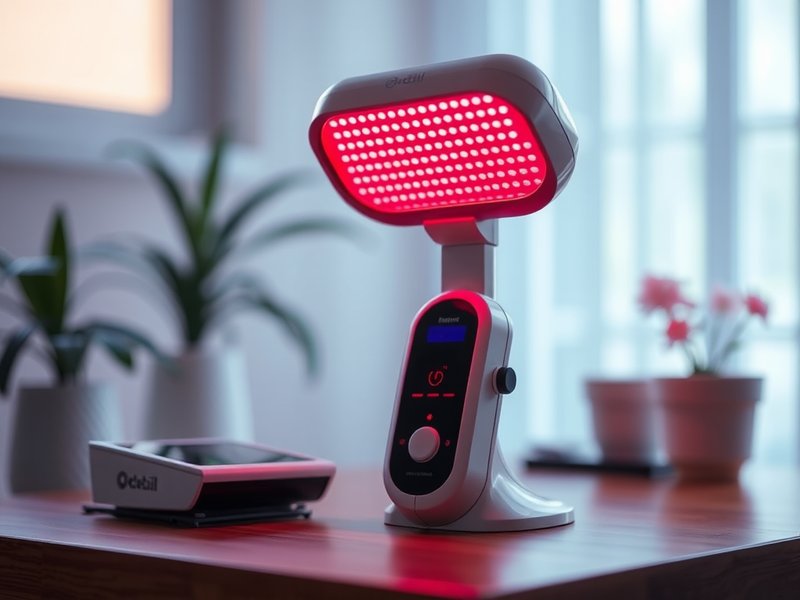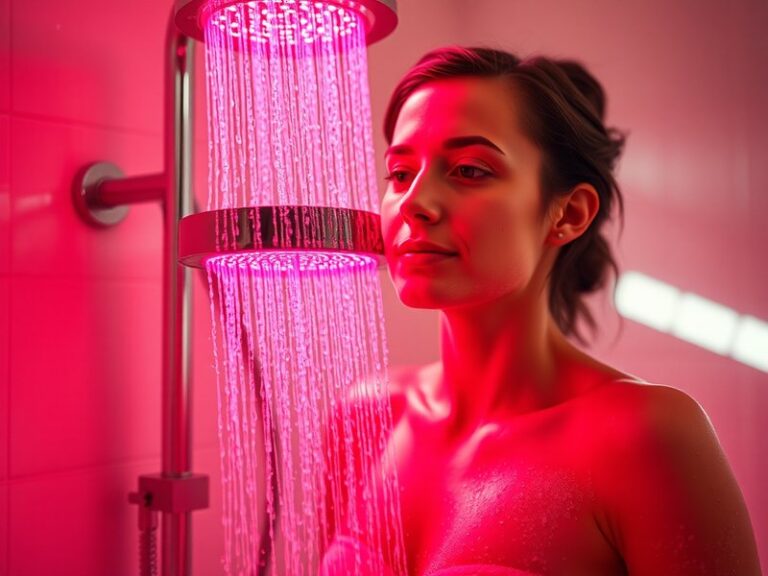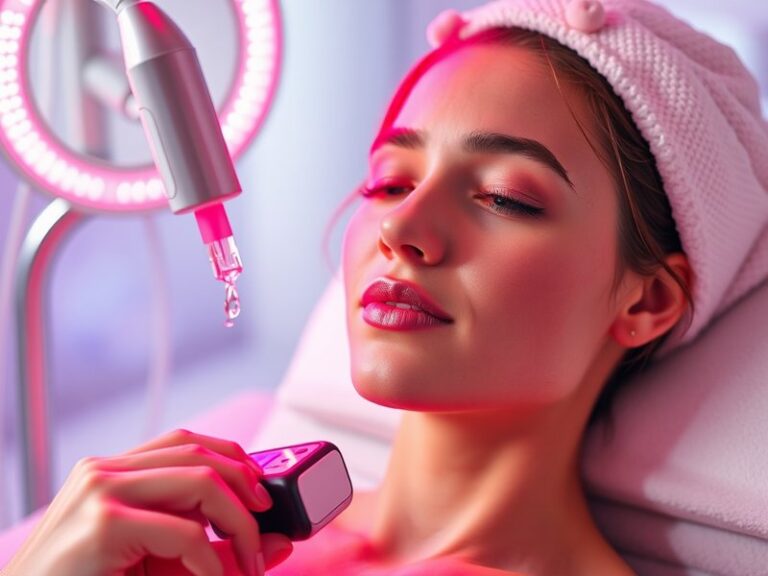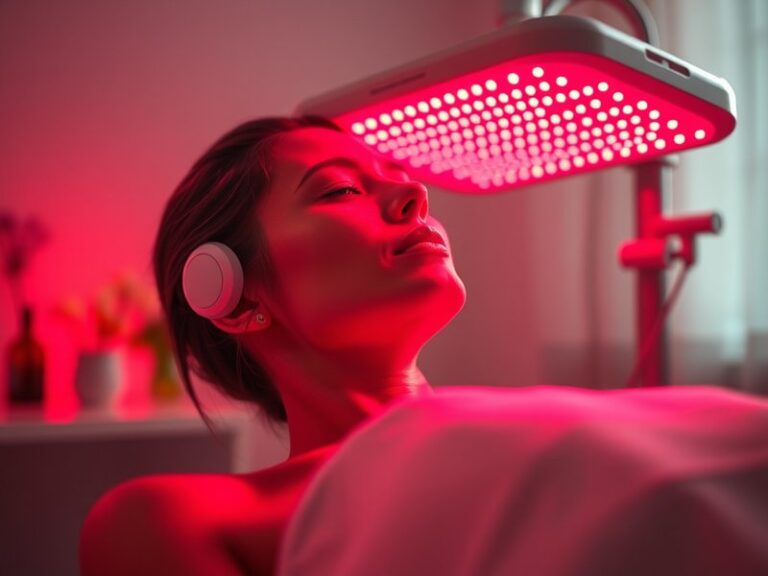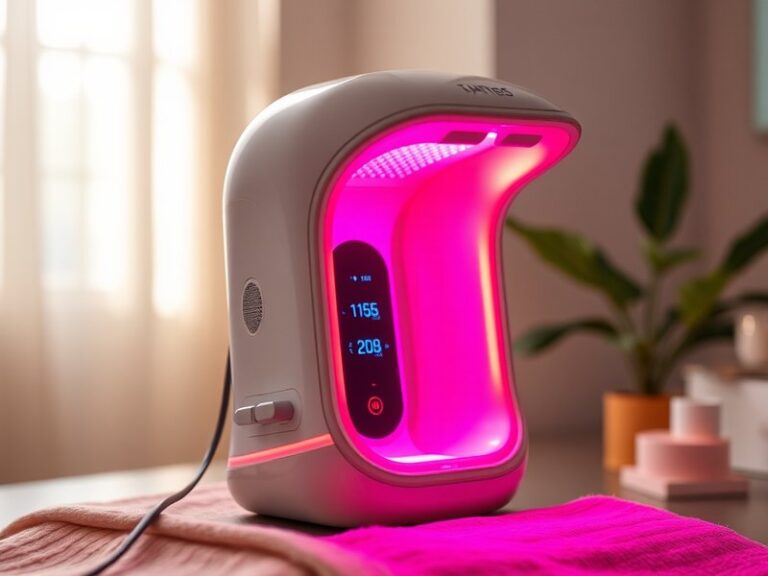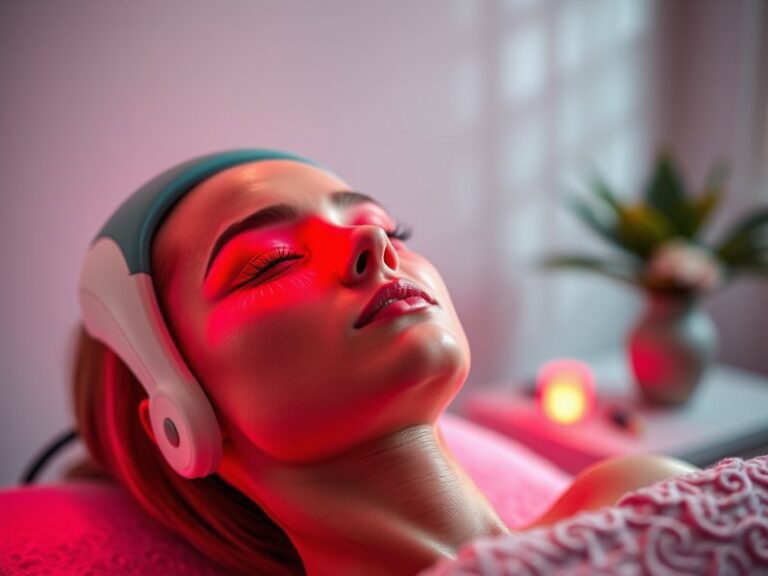How Long To Red Light Therapy?
How Long To Red Light Therapy?
Have you ever wondered how long you should spend under red light therapy to achieve the best results?
This article will guide you through the duration of red light therapy sessions, the factors that influence session length, and tips for maximizing the benefits. We will also discuss common questions and alternatives to consider when incorporating this treatment into your wellness routine.
Key Takeaways
- The typical duration for red light therapy sessions ranges from 10 to 30 minutes.
- Factors such as skin type, treatment goals, and device power affect optimal session length.
- Consistency is key; regular treatments can lead to improved results over time.
What is Red Light Therapy?
Red light therapy (RLT) is a non-invasive treatment that uses specific wavelengths of light, typically in the red and near-infrared spectrum, to promote healing and rejuvenation. This therapy has gained popularity for its potential benefits in skin care, pain relief, and muscle recovery.
RLT works by penetrating the skin to stimulate cellular activity, enhance circulation, and reduce inflammation. The cells absorb the light energy, promoting ATP (adenosine triphosphate) production, which is essential for healing and regeneration.
Understanding red light therapy involves recognizing its various applications, from improving skin appearance and reducing wrinkles to aiding in wound healing and muscle recovery.
What are the Benefits of Red Light Therapy?
Red light therapy offers a variety of advantages that cater to a range of health and wellness goals. The following points will delve into these benefits in detail.
Enhanced Skin Health
RLT is often used to rejuvenate the skin, leading to improved texture, reduced wrinkles, and enhanced collagen production. In studies, participants have reported visible improvements in skin tone and elasticity after consistent treatment.
Pain Relief and Reduced Inflammation
Many individuals turn to red light therapy for its analgesic effects. The therapy has shown promising results in alleviating chronic pain, joint stiffness, and inflammation. Research suggests that regular sessions can significantly enhance recovery times from injuries.
Improved Muscle Recovery
Athletes commonly utilize RLT post-workout to speed up muscle recovery and reduce soreness. Studies indicate that exposure to red light can increase circulation to muscles, promoting quicker healing and performance enhancement.
Increased Energy Levels
Users of red light therapy frequently report increased energy and overall well-being, potentially thanks to enhanced cellular activity.
Is it Possible to Extend Red Light Therapy Sessions?
While extending red light therapy sessions may seem beneficial, it’s essential to consider proper limits.
What are the Advantages of Longer Sessions?
Prolonging therapy sessions might allow for more extended exposure to beneficial wavelengths, resulting in potentially increased effectiveness for specific applications like pain management or muscle recovery.
What are the Disadvantages of Longer Sessions?
On the contrary, exceeding recommended times can lead to skin irritation or diminishing returns. Too much exposure may not yield better outcomes and could cause adverse reactions.
Read the latest on Too Much Red Light Therapy?
What are the Things to Consider Before Adjusting Treatment Duration?
Before changing your red light therapy session duration, consider several important factors to ensure safe and effective treatment.
Learn the whole story Is Lightstim Red Therapy?
Skin Sensitivity
Individuals with sensitive skin might require shorter sessions to avoid irritation. It’s crucial to start slowly and assess your body’s reaction.
Device Power and Wavelength
Different devices emit varying power levels and wavelengths. What works for one device may not be suitable for another; consult device guidelines to determine optimal session length.
Treatment Goals
Consider your specific goals with RLT. Whether targeting acne, aging skin, or muscle recovery, your objectives will influence the duration and frequency of treatments.
What are the Alternatives to Red Light Therapy?
If red light therapy does not seem right for you, consider these alternative therapies.
Cold Laser Therapy
Also known as low-level laser therapy (LLLT), this treatment uses similar light frequencies to promote healing and reduce inflammation without the warmth of red light.
LED Light Therapy
Similar to RLT, LED therapy encompasses various light wavelengths, including blue and yellow lights targeting different skin concerns, such as acne and pigmentation.
Ultrasound Therapy
This alternative uses sound waves to promote healing and tissue repair, often utilized in physical therapy for musculoskeletal issues.
Conclusion: Is it Recommended to Adjust Session Length?
In summary, optimal session lengths for red light therapy typically fall between 10 to 30 minutes, depending on several factors such as skin type, device power, and treatment goals. While there may be benefits to extending sessions, it is equally important to be aware of potential drawbacks. Always consider individual circumstances and consult guidelines to find the best approach for your needs.
Frequently Asked Questions
How often should I undergo red light therapy?
Most recommendations suggest sessions 2-3 times a week for optimal results, although individual goals may vary.
Can I use red light therapy on any part of my body?
Yes, RLT is versatile and can be applied to various body parts. However, it is crucial to ensure that the area is suitable for treatment and free of any contraindications.
Are there any risks associated with red light therapy?
Generally, RLT is considered safe with very few side effects. Some individuals may experience temporary redness or irritation in sensitive areas.
How long does it take to see results from red light therapy?
Many users report noticeable improvements within a few weeks of consistent treatment, although results can vary based on individual factors and treatment goals.
